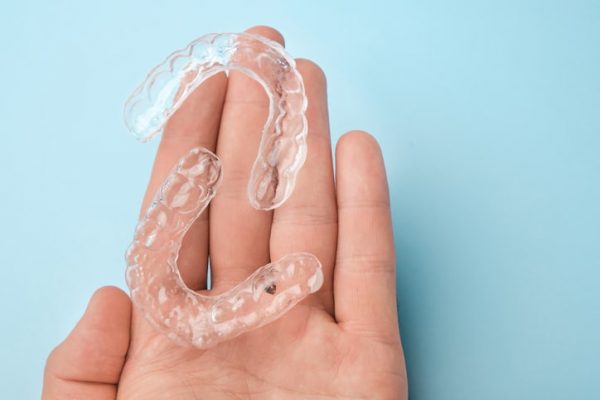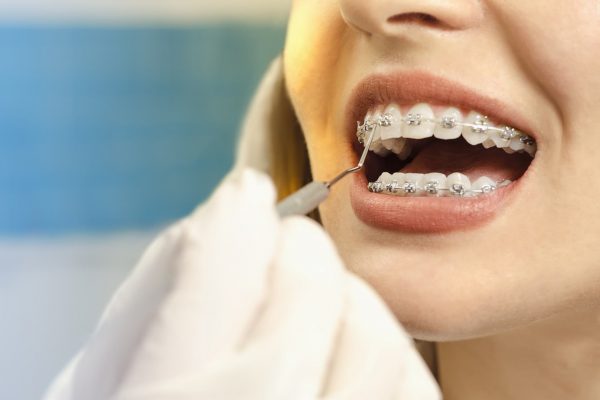Invisalign’s advanced clear aligners allow patients to straighten their smiles with less-noticeable appliances. Invisalign can successfully address many orthodontic conditions. However, no two people are alike. Some people may need braces to help with their smiles.
Almost every day, patients ask us: “Is Invisalign better than braces”? As a board-certified Invisalign Top 1% Diamond Plus expert, Dr. Rick knows how to get superior results out of your treatment.
Learn more about the differences between Invisalign and braces by booking a complimentary consultation today.
Every patient has unique needs. Without a complimentary consultation, it is difficult to answer the question is Invisalign more expensive than braces. This is because each person will have different treatment needs.
That said, Invisalign treatment ranges from $2,500-$7,000. Likewise, braces can range in price from $2,000-$7,500. These figures do not include any insurance coverage.
During your complimentary consultation, we will provide you with a better idea of your out-of-pocket costs.

Patients often consider four details when deciding on the best orthodontic plan for their individual needs:
Understanding the pros and cons of each method helps patients make the best decision possible.
Some of the reasons patients love Invisalign include:
While unarguably the most cosmetically appealing plan, Invisalign treatments only address some of the advanced orthodontic issues that braces alleviate. Some of the negatives of wearing Invisalign aligners include:
Although Invisalign can’t address every issue, you would be surprised to learn how many people can benefit from treatment. Dr. Rick is among the top 1% of Invisalign providers in the U.S. As an Invisalign Platinum Plus Provider, he can address many advanced conditions with aligners.

Some of the benefits of braces include:
While traditional braces provide many benefits in orthodontic care, patients often avoid them for these reasons:
Invisalign and braces both offer stunning results for teens and adults. At Risinger Orthodontics, our patients enjoy a family-friendly environment that prioritizes their needs and comfort. It’s why people have trusted us with their smiles for over 52 years.
There’s never been a better time to learn about your options! Schedule a complimentary consultation now to learn more.